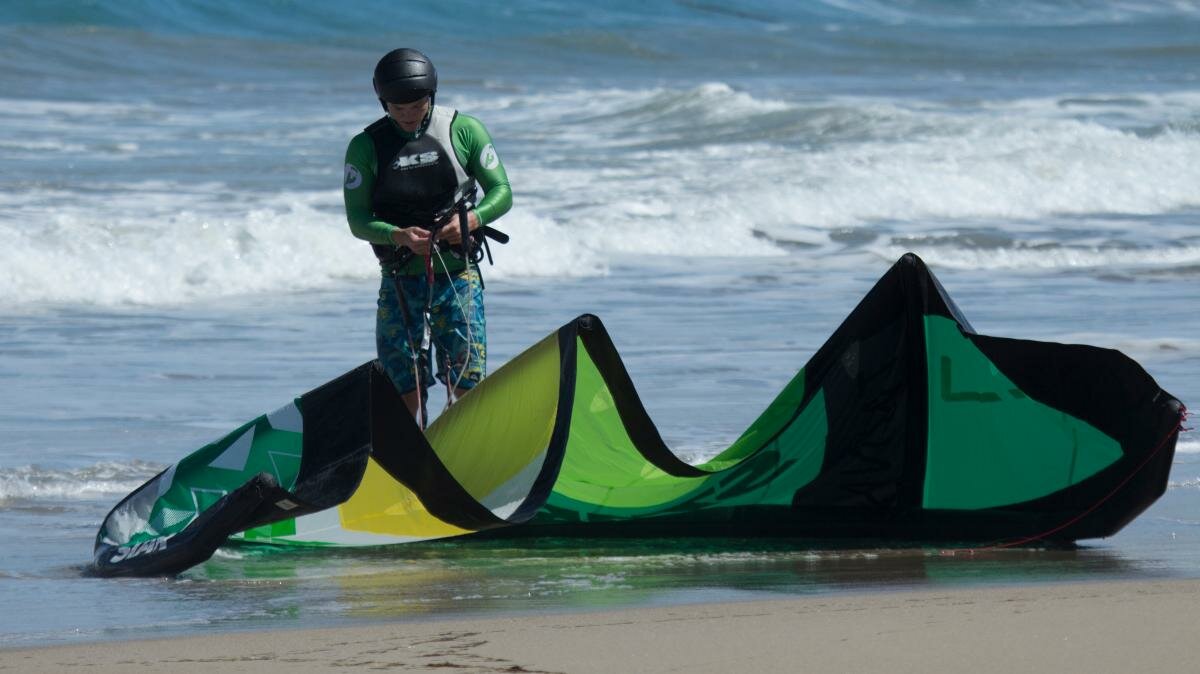Try the new IKO website at https://beta.ikointl.com/

General care practice for your Kite and Control Bar

We see it time and time again, people of all levels who do not properly care for their equipment quickly turning a new kite into a used hazardous kite. Applying basic care methods helps kite, control bar and lines last a long time and helps in avoiding a potential dangerous situation.
The biggest kite damager is the sun, you will want to limit your equipment UV exposure as avoiding exposure increases the kite and lines lifespan. The ultraviolet light will break down the fabric’s integrity in as little as 300 hours of direct sun exposure which can go by quite fast. If your line breaks during a session or your kite explodes in the air; this is no fun and dangerous.
Kite specific care tips:
-Do not over inflate bladders: it increases fabric stress which accelerates wear and could be an issue in warm climates (possible overpressure leading to the explosion of a bladder).
-Do not let a kite flap in the wind, as this will break down the rip-stop’s protective coating and therefore part of its strength. Deflate and pack it as soon as possible after each session.
-Do not lay the kite over sharp surfaces to avoid ripping/tearing or causing a hole in the bladders or fabric.
-Shore break waves and hard crashes can be detrimental for the kites’ stitching and seams. It is better to release if you end up in heavy shorebreak
-Do not store kites that are wet or damp. Always dry them as much as possible before packing them up. If necessary to pack while damp, do not rinse them with clear water as this can cause the growth of fungus. If you cannot dry your kite, it is better to store while wet from salt water.
-Do not brush sand off a kite, use water instead or shake it off once it is dry.
Kite lines and bar specific care tips:
-Do not walk on kite lines as this gets sand into the fibers and might damage the lines if there are sharp objects underneath.
-Never drag your lines over rocks.
-Make sure you do not let knots form in your lines.
-Untwist lines one by one every now and then.
-Check that the front and back line lengths are equal or adjust them (without tension)
Always maintain your equipment. For example; if you see your lines are very worn out and at any moment can break, do not ride it till it happens. Get a replacement set and fix them before it does happen to avoid a potentially dangerous situation.
Make it a habit to check your gear once in a while to make sure its in working condition,
Stay safe and have fun,
IKO
.png)

